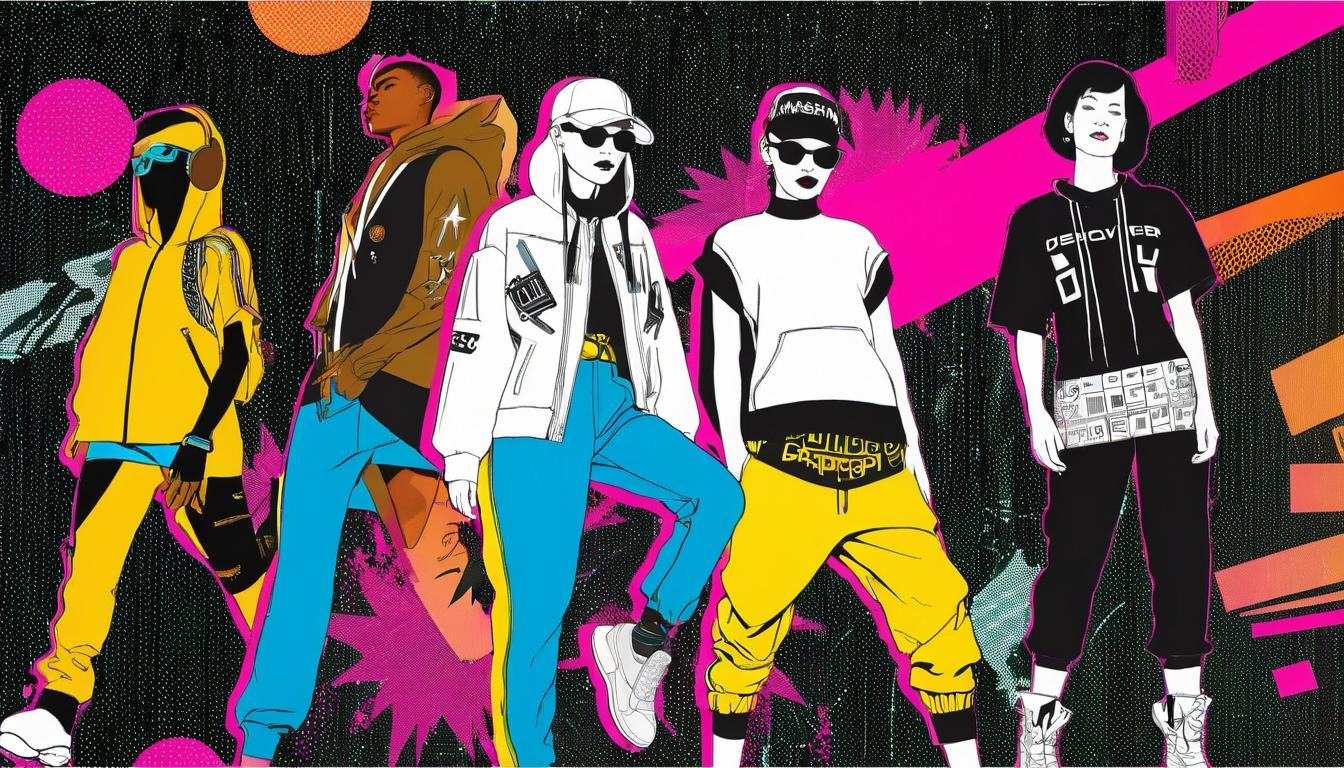In the dimly lit basements of Berlin and the converted warehouses of Detroit, a revolution is brewing—not with protest signs, but with synthesizers and sewing machines. Across global subcultures, underground music scenes are becoming the unexpected incubators for fashion's next big movements, bypassing traditional runways and corporate boardrooms entirely. This isn't about trends trickling down from luxury houses; it's about style bubbling up from the dance floor, where sound and silhouette merge into something entirely new.
At the heart of this phenomenon lies techno's industrial aesthetic, where functionality meets futurism. DJs and producers, once content with black t-shirts and anonymous hoodies, are now collaborating with independent designers to create performance wear that responds to light, movement, and even sound frequencies. These garments—often featuring integrated LED systems, modular components, and biomorphic patterns—aren't just clothing; they're wearable technology designed for the specific demands of all-night raves and immersive audiovisual experiences.
Meanwhile, in the hyper-digital world of hyperpop and glitchcore, fashion has embraced deliberate imperfection and digital decay. Artists like underscores and food house are pioneering a style that mixes thrift store finds with custom-altered pieces, often featuring intentionally frayed edges, mismatched patterns, and glitch-inspired graphics. This aesthetic celebrates the beauty of digital artifacts and system errors, translating pixelated corruption into tactile textiles that challenge conventional notions of beauty and quality.
The reggaeton and Latin trap explosion has brought Caribbean and South American streetwear to global prominence, but with a twist that corporate brands can't seem to replicate. In neighborhoods from Medellín to Miami, local designers are creating limited-run pieces that blend traditional craftsmanship with urban edge—hand-embroidered cargo pants, custom airbrushed jackets featuring religious iconography, and accessories that incorporate cultural symbols in ways that feel authentic rather than appropriative. These items circulate through artist networks and pop-up markets, creating scarcity that drives desire without artificial marketing.
Perhaps most surprisingly, the folk and Americana revival among Gen Z musicians has sparked a renewed interest in heritage craftsmanship and sustainable practices. Artists like Ethel Cain and Orville Peck have made vintage Western wear, hand-stitched embroidery, and natural dyes central to their visual identity. This has inspired a wave of young designers to learn traditional techniques from elders in their communities, creating modern pieces rooted in historical methods rather than fast fashion's disposable ethos.
What unites these disparate movements is their resistance to fashion's traditional seasonal calendar and geographic centers. Style innovations now emerge from specific scenes and spread through social media and touring circuits, with musicians acting as both creators and curators. When an underground artist wears a custom piece on stage, it instantly becomes coveted by fans who screenshot, replicate, and reinterpret the look—creating organic trends that move at internet speed rather than industry pace.
The implications for major fashion houses are significant. Instead of dictating trends from the top down, luxury brands are increasingly mining these subcultures for inspiration, often collaborating directly with musicians who maintain credibility within their scenes. This reverse flow of influence represents a fundamental shift in how style develops, privileging authenticity over authority and community over commerce.
As fashion becomes more democratized and decentralized, the most exciting developments may no longer happen on runways or in showrooms, but in recording studios, nightclub dressing rooms, and tour buses. The future of style isn't being designed—it's being performed, one beat at a time.
The underground sound: how niche music scenes are reshaping fashion from the streets up

